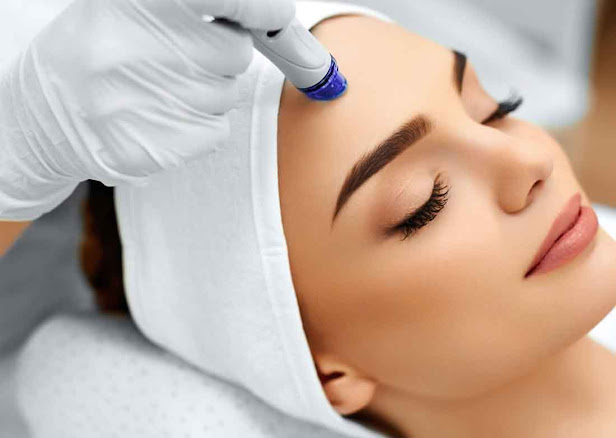What are Varicose Vein Injections?
Sclerotherapy or Varicose Vein Injections make your varicose veins look better. A substance known as a sclerosant is injected into the veins, harming the interior lining and blood clotting. Which enters the body and eventually closing the vein, and it will go away. According to the size of the vein being treated, different amounts of sodium tetradecyl sulphate (STD), the solution often utilised for this operation, are available.
What Does the Procedure Involve?
You could require 2 or 3 treatment sessions, perhaps even more, depending on how many varicose veins you have. An ultrasound scan on your leg will be used to pinpoint the primary surface vein that must be treated. The next step involves injecting a local anesthetic into a tiny patch of skin, often in the lower thigh or mid-calf, and inserting a needle into a vein while employing ultrasonic imaging.
The needle will be cleansed with a saline solution, including heparin, a blood weakening medication. Two or three tiny syringes (known as butterfly needles) will then be put into the prominent varicose veins in the leg and flushed.
After that, your leg will be raised above the sofa as the foam solution will be injected into each needle in little doses. To improve the blood circulation in the deep veins during the procedure, you will be instructed to flex the ankle up and down.
While the foam is injected, you can feel a slight stinging sensation, and it’s usually harmless. Each needle will get two or three further foam injections using ultrasonic scanning to track the flow of the suds through the vein.
The needles are withdrawn when the amount of foam has been injected, and your leg will get pieces of sponge, gauze, or expandable foam or pads of compression to help compress the treated veins. Next, you will have an elastic compression stocking with a waist attachment on your leg, including the thigh. Although it will feel tight, it shouldn’t be so close that it hurts or discolours your foot.
How Long Do Varicose Vein Injections Last?
Smaller veins generally vanish faster than bigger ones. Spider veins will fade in around five weeks, whereas more extensive veins will fade in approximately four months. They won’t come back if the veins react to the therapy.
The outcomes of Varicose Vein are long-lasting. The damaged veins’ walls are injected with a sclerosant as part of the therapy. The venous walls are irritated by the sclerosant until they collapse. After the venous walls give way, the vein cannot accommodate more blood flow.
Conclusion
Varicose Vein Injections can successfully treat Spider and varicose veins. It’s regarded as the best option for treating minor varicose veins. Direct injection of a solution into the vein is a component of sclerotherapy. Blood must now go via healthier veins since the sclerotherapy solution makes the vein scar. A medical professional administers an injection that causes the troublesome veins to constrict and collapse. Recurring treatments may be necessary. The process is usually safe and successful; thus, the overall outlook is positive.



Comments
Post a Comment